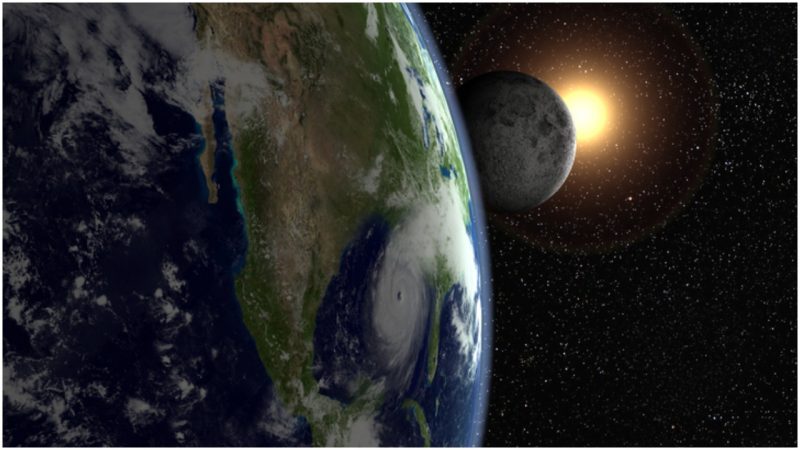For those who have romanticized the Moon in the night skies, here’s the news: our lunar friend out there is not alone. She has other, at least two more, ancient companions up there.
They are entirely made of dust, meaning their form always appears differently.
The announcement was made on November 6, 2018, after a team of Hungarian scientists published a paper in the Monthly Notices of the Royal Astronomical Society. They were able to detect and photograph these inscrutable bodies of dust floating some 250,000 miles away, roughly the same as the Moon’s distance from Earth.
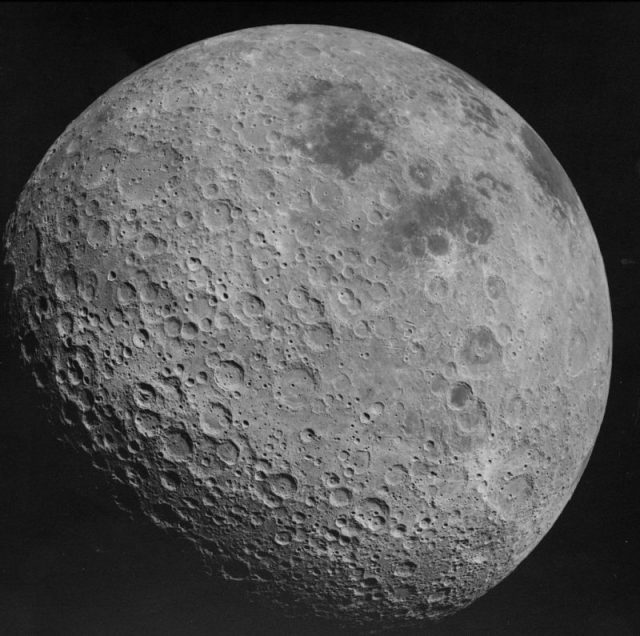
The idea that there are other natural satellites to our home planet is not so new. It had been theorized for many years that there are additional objects orbiting our planet, but the Kordylewski clouds were not observed until 1961.
They are named after the Polish astronomer Kazimierz Kordylewski, who was the first to confirm their existence through direct observation, albeit briefly. “Even then, their presence was questioned,” notes National Geographic.
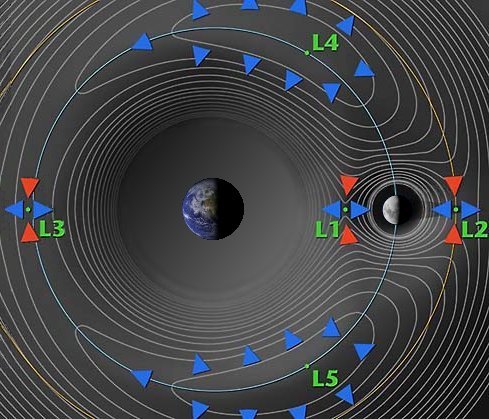
One of the current study co-authors, Judit Slíz-Balogh from the Hungarian Eötvös Loránd University, said the two Kordylewski clouds are among “the toughest objects to find” despite their relatively close distance with Earth, and that they have been “largely overlooked by researchers in astronomy.”
“It is intriguing to confirm that our planet has dusty pseudo-satellites in orbit alongside our lunar neighbor,” he said, according to National Geographic.
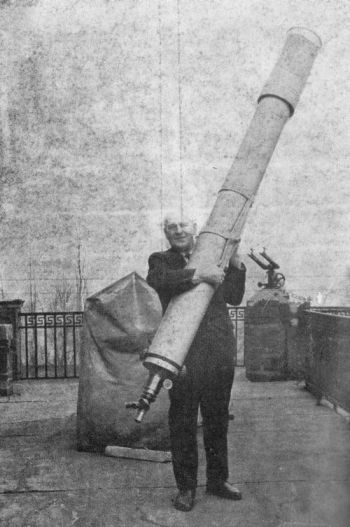
The Kordylewski clouds are located at two of the five Langrage points, L4 and L5, that had been identified as potential locations for Earth’s additional “moons.”
A Lagrange point, explains Space.com “is a location in space where the combined gravitational forces of two large bodies, such as Earth and the sun or Earth and the moon, equal the centrifugal force felt by a much smaller third body.”
For astronomers, being able to observe a relatively stable body that orbits the Earth at these points is very exciting, because “The interaction of the forces creates a point of equilibrium where a spacecraft may be ‘parked’ to make observations.” So by watching how the Kordylewski clouds behave, space agencies will be able to use this data when planning future missions.
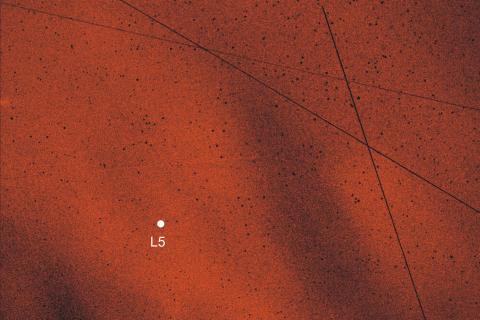
One of these is the launch of the James Webb Telescope, which is due to be deployed to Langrage point L2 in 2020, where it can consume minimal fuel in order to stay in orbit.
The reason for the Kordylewski clouds’ clandestine presence is down to their composition — the clouds themselves are huge, but they are made up of a myriad of microscopically small particles. The Hungarian team had to use special, polarizing camera filters to detect light reflected by the clouds which is otherwise drowned out by light from stars and other space objects, as well as light pollution from the Earth itself.
And how big they are? As National Geographic writes, “each Kordylewski cloud is about 15 by 10 degrees wide, or equal to 30 by 20 lunar disks in the night sky.”
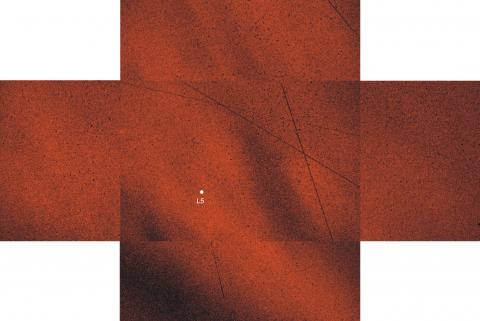
“This translates to an area in space about 65,000 by 45,000 miles in actual size — nearly nine times wider than Earth.”
Compared to other dusty objects in space — and there are a plethora of them — the Kordylewski clouds are very much dynamic in nature. The clouds may have been there since Earth was created, but the clouds’ constituents, the dust particles, are always transient. While particles are constantly sifting out due to tiny changes in the pull of the Earth or the Moon, the clouds gather new particles from various resources, for instance the annually-observed Perseid meteor shower, National Geographic remarks.

Kazimierz Kordylewski looked at the L4 and L5 space points as early as the mid-1950s amid growing speculation that Earth may have more than one natural satellite.
He was absolutely looking at the right place for new earth satellites, though he was searching for more substantial bodies than clouds of dust, something similar to the Moon.
Six decades later, the latest research builds up to the story of new moons. More than that, our improved knowledge of the Kordylewski clouds may also prove useful in space navigation safety and support future space missions, the researchers said.
Read another story from us: Alien Wreckage Could Have Just Crossed our Solar System – Harvard Paper
As to whether we can launch a new Apollo and place a flag on any of them, the answer is obvious: that won’t be possible. There is no solid body there. There never was.
